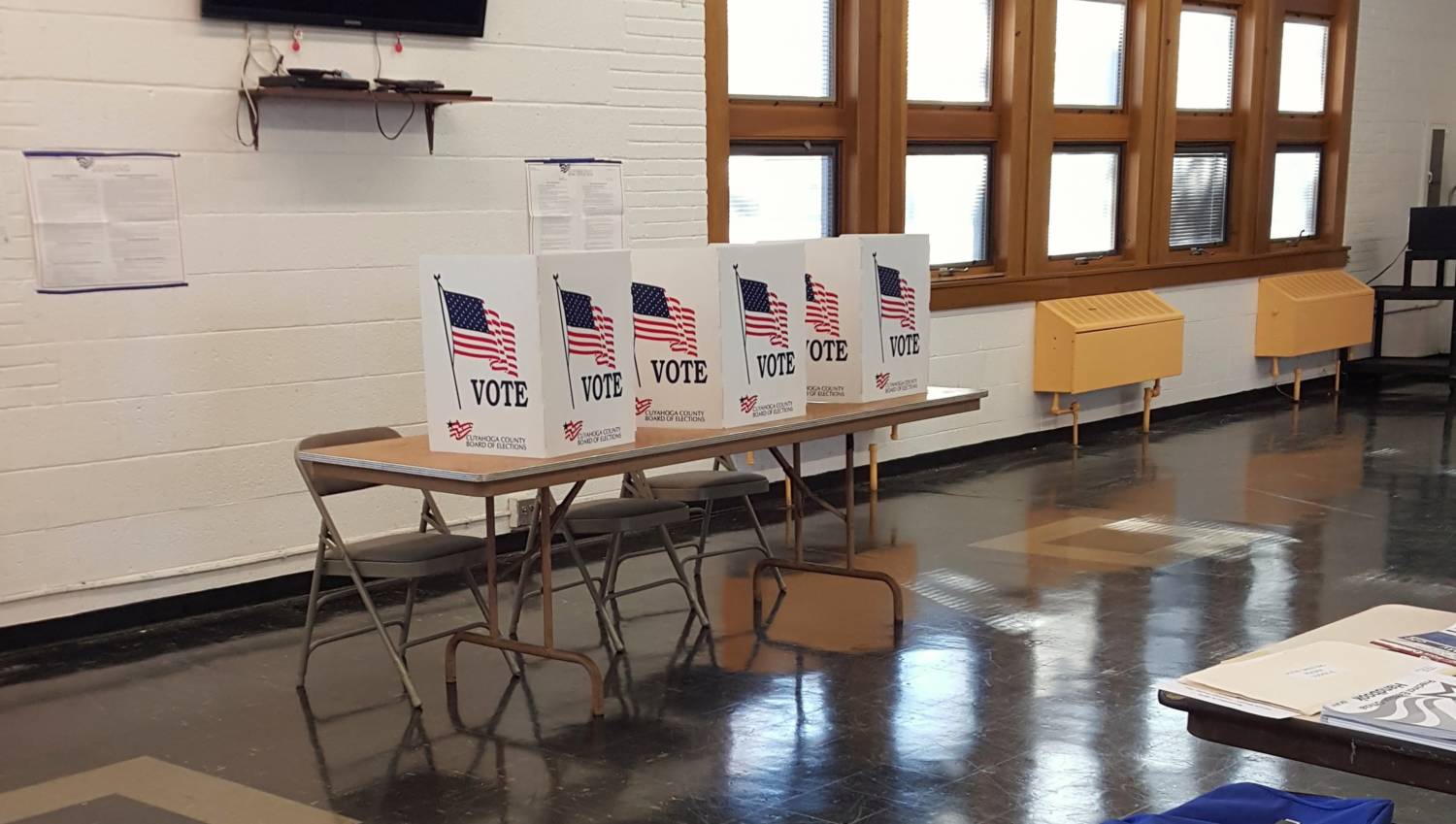“Yeah, I’m scared.”
Those three words popped into my direct message inbox on Twitter, an Election Night confession from a fellow journalist who isn’t free to say them elsewhere.
The confession came the day after billionaire businessman Donald J. Trump claimed Electoral College victory to become president-elect of the United States.
At the time, I still wasn’t quite sure what I felt. But now that we’re more than a week out from Election Day, I recognize the feeling. It’s fatigue.
Not campaign fatigue, though I’m grateful that the onslaught of mailers and TV ads have stopped. I share in the fatigue of folks who have warned, pushed and advocated for greater hiring and promotion to support newsroom diversity, because the national discourse about this election is a reflection of how “the media” can miss the story when the right people aren’t in the room.
“One of the students was saying in the run up to the election that they thought Trump really had a chance and everyone was dismissive,” said Carrie Brown, director of the social journalism master’s degree program in the CUNY Graduate School of Journalism.
“That’s a result of lack of diversity in newsroom, and they’re asking ‘what we can kind of do about that?’” she said. “I think they’re right.”
The internet is cluttered with recent reflections on how mainstream media missed the undercurrent of economic, social and political frustration that powered the Trump campaign to victory.
Some observers are blaming the East Coast media bubble. Others point to the downward trend of local and regional news availability. Both factors undoubtedly contributed to a lack of nuance in reporting that moved beyond the candidates’ Twitter barbs and their supporters’ more outlandish statements and actions. But when I look back over the last 18 months, all I see is a big gaping hole where having more diversity in the highest ranks of editorial decision making would have given us more well-rounded and thoughtful reporting instead of the “election as entertainment” coverage we got.
During discussions about the need for diversity in media, there’s usually one person who will pipe up about ideological diversity being equally important as representation of different ethnic groups, socio-economic backgrounds, cultures and sexual orientation. The unspoken assumption being that a focus on identity somehow rules out diversity of thought — especially conservative thought.
I’ll bite. With greater ideological diversity, perhaps we would have done a better job investigating that “basket of deplorables” Clinton so easily disparaged, and learned more about the economic conditions — student-loan debt, under-paying jobs, inability to buy homes — that impacted some of the college-educated White voters who cast their votes from Trump.
Having reporters and editors at the table who recognized reluctance among Black voters when the hashtag #GirlIGuessImWithHer began to trend should have signaled a need to question polls that indicated the African-American voting bloc might not be a sure thing for the Clinton campaign — long before the early voting returns were in.
Twitter was home of the most incisive commentary about the clear and present danger posed by a presidential candidate who writes off every Black person in America as having nothing to lose by voting for him, floats the idea of a blanket ban on members of the fastest-growing religion on Earth, and threatens to deport more undocumented immigrants than actually exist.
Beyond the reactionary headlines of such statements, there was little specific, sustained journalistic effort to dig deeper into such claims, and explore them through the lenses of the communities they impacted.
We turned toward stenography instead of journalism, embracing terms like “alt-right” instead of calling White supremacy what it is. In doing so, we’ve underestimated the media’s ability to influence public perception of what is acceptable in politics and policy, and what is not.
“Any attempt to normalize what’s going on is an issue of a lack of diversity,” Brown continued.
“That’s probably one of the biggest things I’m worried about, this tendency to normalize — because so many journalist are not personally affected by things like immigration, it’s theoretical to them.”
Until there are newsroom executives and leaders who better reflect the swiftly changing demographics of our country — ethnic, racial, linguistic, socio-economic, you name it — mainstream news media will continue to miss the mark.
We cannot do it all. But we can certainly do better than this.






